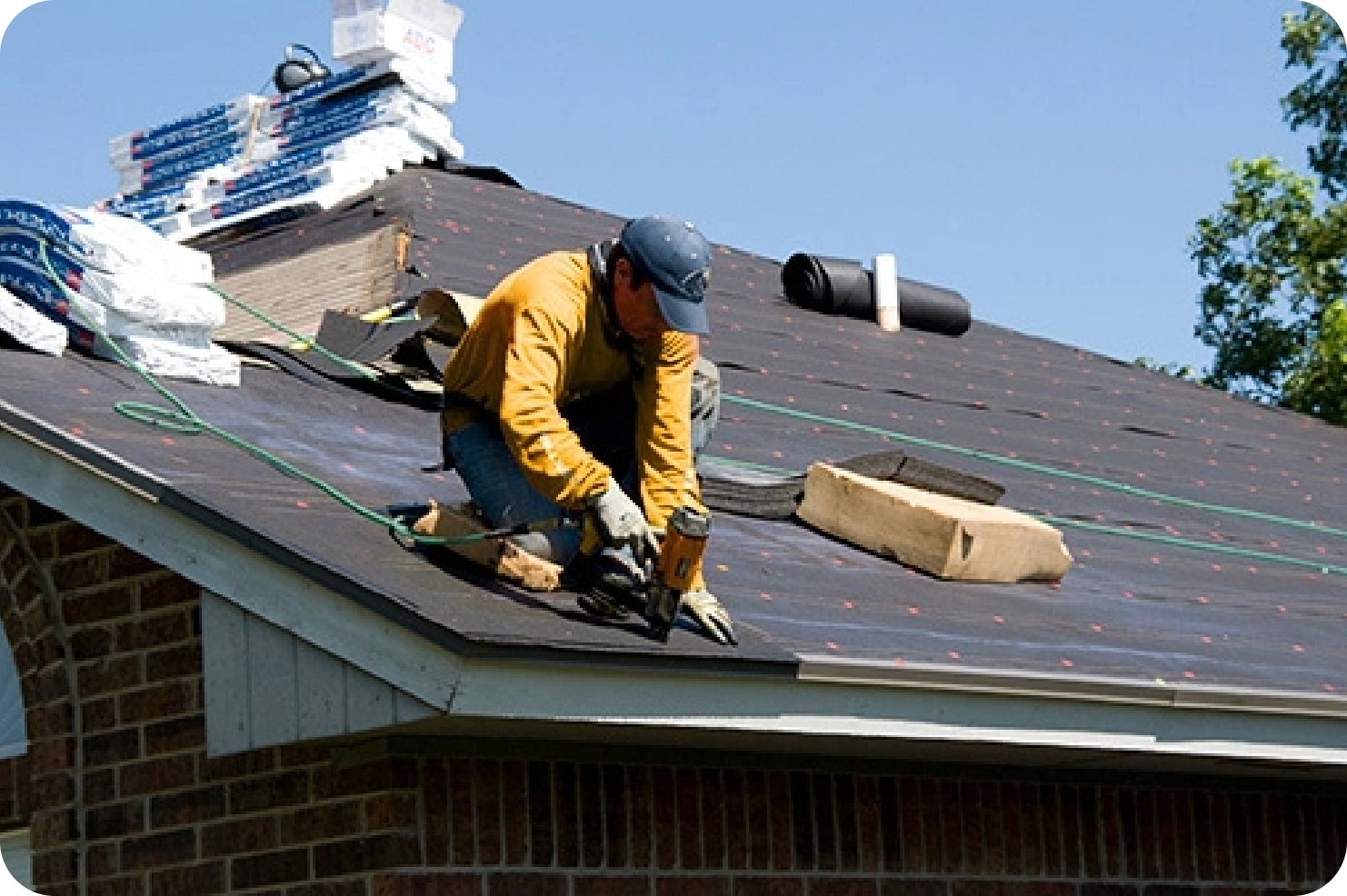Get a highly rated Sylvania Roofing Contractor for premium roofing solutions.
Get a highly rated Sylvania Roofing Contractor for premium roofing solutions.
Blog Article
Exactly How to Review Different Roofing Choices for Your Structure Demands
Evaluating roofing choices for your building needs a detailed strategy that considers different aspects such as the meant use of the structure, regional environment problems, and product qualities - Sylvania Roofing Contractor. It is crucial to consider the advantages and drawbacks of various roofing kinds, from asphalt shingles to metal and clay tiles, while additionally factoring in preliminary costs and long-lasting maintenance.
Analyzing Your Structure's Demands
To successfully evaluate roof covering choices, start by thoroughly examining your building's demands. Beginning by considering the structure's planned use, as various frameworks may demand differing roofing specs. For circumstances, domestic roofs usually focus on appearances and insulation, while industrial buildings might concentrate on sturdiness and load-bearing ability.
Following, examine the neighborhood environment problems that will affect roofing efficiency. Factors such as temperature level variations, precipitation levels, and wind patterns can influence product option and design. A roof that succeeds in a pleasant climate may not perform too in locations vulnerable to heavy snowfall or severe heat.
Additionally, evaluate the architectural stability of your structure. Make sure that the existing framework can support the chosen roof covering materials, especially if thinking about much heavier choices. It is also important to assess any neighborhood building ordinance or policies that might dictate details demands for roof systems.

Comparing Roofing Materials
As soon as a detailed evaluation of your building's demands has actually been completed, the following action includes comparing different roofing products. Each product offers unique advantages and downsides, making it necessary to align your option with your certain needs and circumstances.
Asphalt tiles are commonly identified for their cost and convenience of setup, making them a preferred option for residential buildings. On the other hand, metal roofing, understood for its sturdiness and durability, can withstand extreme weather but may come with a higher preliminary financial investment.
Clay and concrete ceramic tiles provide superb thermal insulation and aesthetic allure, especially for Mediterranean-style design, yet they require an even more robust architectural assistance because of their weight. Timber shakes deal a natural look and good insulation properties but might require much more maintenance and are vulnerable to fire hazards.
Evaluating Price and Spending Plan
Evaluating your roof alternatives necessitates a cautious assessment of price and budget factors to consider. The total budget for a roof task comprises numerous aspects, including product expenses, labor costs, upkeep, and possible long-term cost savings. It is necessary to develop a clear spending plan prior to exploring particular roof materials, as this try here will certainly direct the decision-making process and assist you prevent overspending.
Begin by getting quotes from several service providers to understand labor costs in your area. Guarantee that these estimates include all required services, such as elimination of the old roofing, installment, and any type of added functions, like insulation or ventilation improvements - Perrysburg Roofer. Next, analyze the price of different roofing products, taking into consideration both initial setup prices and anticipated lifespan

Recognizing Energy Efficiency
Power efficiency plays a crucial function in the choice of roof products and systems, significantly influencing both power consumption and general comfort within a building. An appropriate roof can boost thermal performance, reducing the requirement for heating and cooling systems, which subsequently reduces energy costs and minimizes ecological impact.
When assessing roofing options, consider materials that reflect instead than absorb warmth. Light-colored or reflective roofing items can considerably decrease roofing surface temperature levels, causing reduced energy use during hot months. Furthermore, appropriate insulation and ventilation are necessary to enhance the power performance of the whole roof. Insulation stops warm transfer, while air flow mitigates warmth accumulation in the attic room space.
Another crucial element is the roof covering system's long life and upkeep requirements. Resilient materials that call for less regular substitute add to long-term power cost savings. The power effectiveness of a roof covering system can also be analyzed through its conformity with recognized sustainability scores such as ENERGY STAR or LEED.
Considering Aesthetic Appeal
A roofing system's aesthetic allure substantially affects the overall look of a structure, matching its building design and improving aesthetic charm. Toledo Roofer. When evaluating roof covering options, it is important to take into consideration exactly how the chosen product, color, and design will certainly balance with the existing structure and that site community. A properly designed roof covering can elevate even the easiest of buildings, transforming them right into visual centerpieces
Various roof covering products supply various aesthetic high qualities. Standard shingles may evoke a classic charm, while metal roofing can impart a modern, smooth appearance. Furthermore, the shade of the roof product plays a crucial role; lighter tones can make a structure show up more roomy, while darker tones may create a cozier atmosphere.
In addition, architectural components, such as dormers and eaves, can enhance the roofing system's aesthetic effect. It is a good idea to seek advice from specialist developers or engineers to ensure the selected roof covering alternative lines up with the overall layout intent. Inevitably, a roof covering must not only provide useful advantages however also add favorably to the building's aesthetic, reflecting the proprietor's taste and the character of the surrounding setting.
Final thought

Report this page